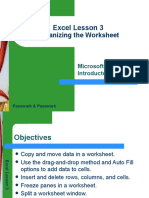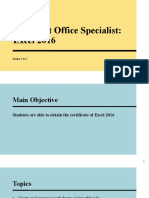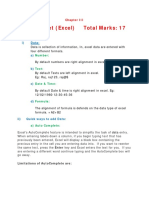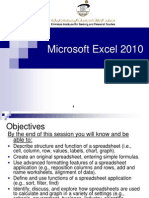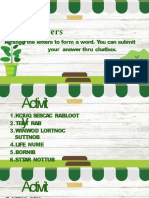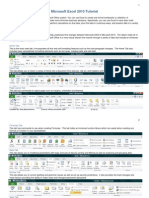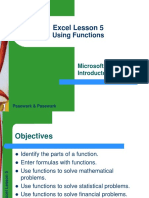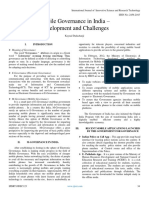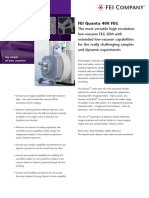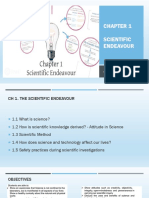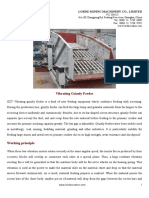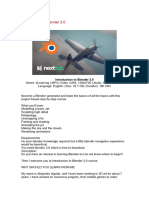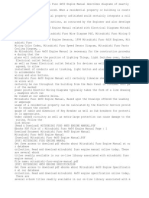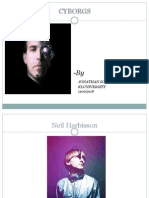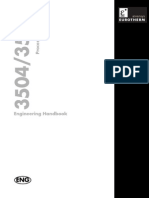0% found this document useful (0 votes)
44 views26 pagesExcel Lesson 3: Organizing The Worksheet
This document provides an overview of organizing and formatting worksheets in Excel. It discusses how to copy and move data, insert and delete rows and columns, freeze panes, split windows, check spelling, prepare sheets for printing by adjusting margins and page setup, and insert headers and footers. The objectives are to learn techniques for organizing data and formatting worksheets so they are ready for printing or sharing.
Uploaded by
johnCopyright
© © All Rights Reserved
We take content rights seriously. If you suspect this is your content, claim it here.
Available Formats
Download as PDF, TXT or read online on Scribd
0% found this document useful (0 votes)
44 views26 pagesExcel Lesson 3: Organizing The Worksheet
This document provides an overview of organizing and formatting worksheets in Excel. It discusses how to copy and move data, insert and delete rows and columns, freeze panes, split windows, check spelling, prepare sheets for printing by adjusting margins and page setup, and insert headers and footers. The objectives are to learn techniques for organizing data and formatting worksheets so they are ready for printing or sharing.
Uploaded by
johnCopyright
© © All Rights Reserved
We take content rights seriously. If you suspect this is your content, claim it here.
Available Formats
Download as PDF, TXT or read online on Scribd
/ 26
